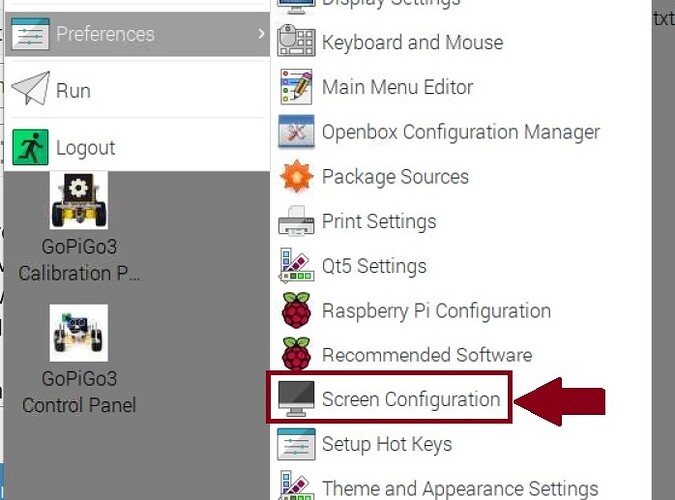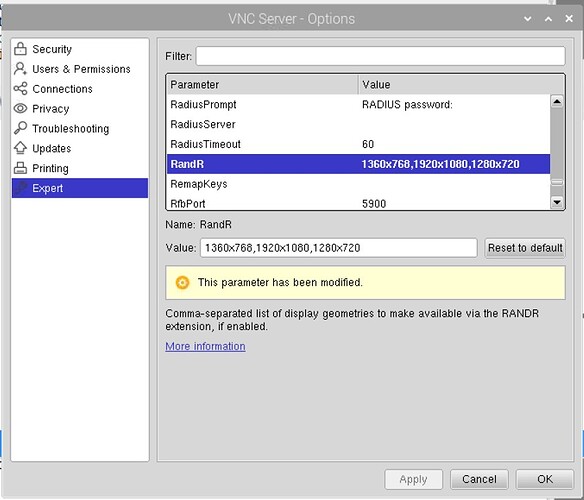One of the BIG issues I have had with Charlie, (and messing with the Raspberry Pi in general), is getting a remote desktop resolution that is useful.
Here are a couple of examples:
First:
This is what my desktop looks like when I have my 1360x768 “TV”/monitor hooked up to the primary HDMI port on my Pi-4, and then open a VNC connection to the 'bot:
What you see is a 1360x768 view of my desktop that matches the view on the monitor.
Now for the kicker - I shut down the machine, remove the HDMI connection, restart, and reconnect to the VNC desktop - and here’s what I get:
. . . what appears to be a 1024x768 display.
AND IT HAS BEEN DRIVING ME CRAZY! (er)
Even with a relatively large laptop screen, the display is too small and is difficult to read - even if I set the display to “125%” in VNC Viewer.
I have been working on figuring this out for eons. I have tried everything from adding modeline statements to the vnc X-11 config file, changing values in the expert mode options, etc. etc. etc.
I have gone to every site imaginable - from the Raspberry Pi forums to the RealVNC site’s help documentation - Stack Overflow, Web searches, burning brown rice and sacrificing small rodents to the Computer Gods, you name it and I’ve tried it - at least three or four times - all to no avail.
Today I (think I have) figured it out.
I found an article that refers to setting a “headless screen resolution” where the normal display configuration dialog has a new setting - headless resolution - that is probably Bullseye or later only - Legacy doesn’t have it.
One of the things that was - incidentally - mentioned, (not the main topic), was the existence of a screen configuration utility, also known as the “Screen Layout Editor” which is in the main menu under “Preferences”
(If you don’t see it, select “Main Menu Editor” => Preferences and then check the box next to “Screen Configuration”)
Once you do this, you will see a screen configuration utility
This shows the display resolution set in raspi-config, if you’ve set one. (Hint: Go set one for the resolution you want to use if you have not done that already.)
You can configure other resolutions by editing the settings-options-expert within the VNC options
There’s a setting called “randr”. (Damned if I know - it doesn’t make sense to me either.) You can give it a comma-separated list of resolutions and this will propagate to the Screen Configuration setup window.
You can select them and - if they are valid settings - the change will happen. Clicking on the green arrow “applies” the setting and you then click “OK” to accept it. (You might have to do that a couple of times.)
Finally!
I have a screen resolution that is reasonable, and does not depend on a monitor being attached!
There are probably other tricks you can do - different display resolutions, etc - but aside from what I have shown here, I have decided that close enough is close enough and I am leaving it alone!





